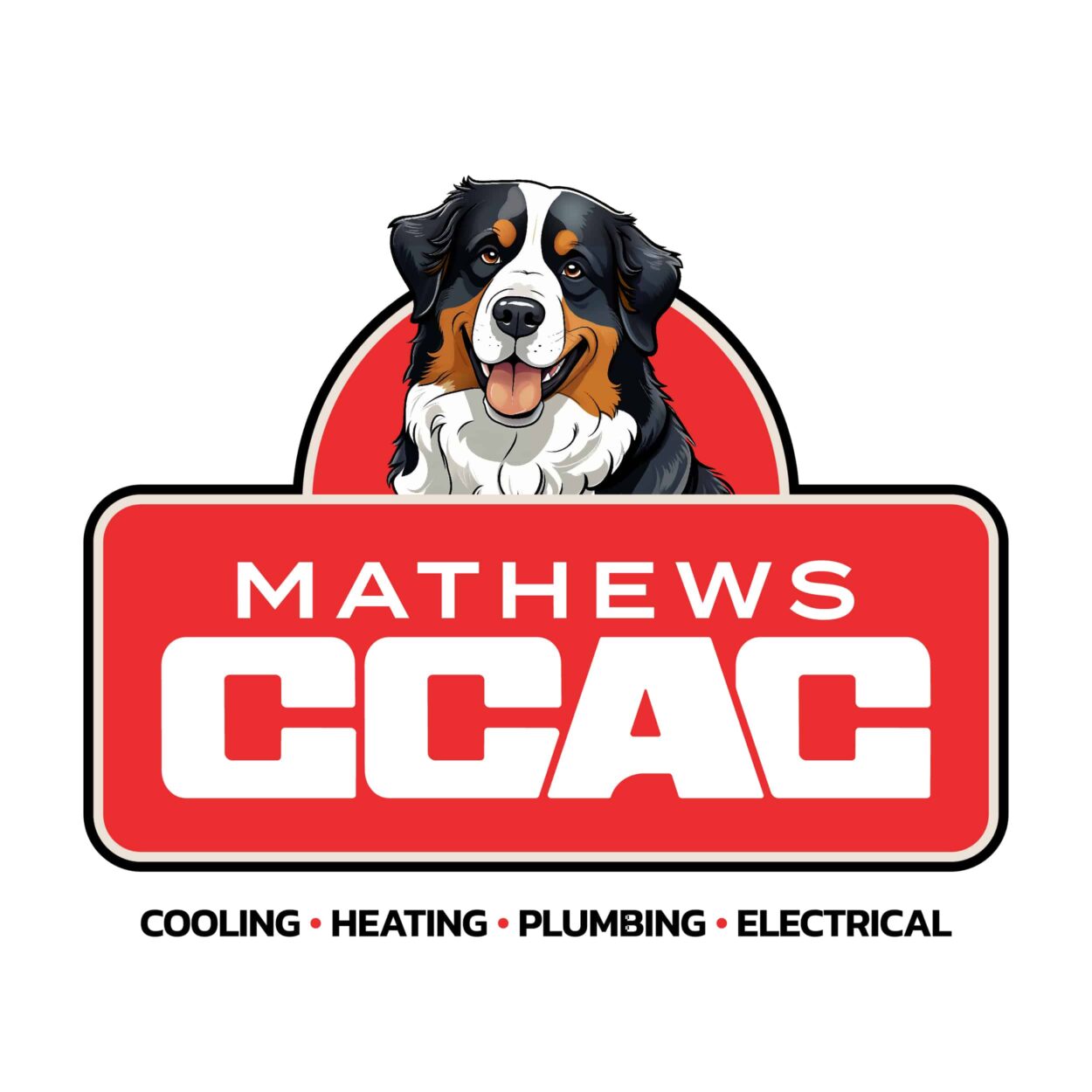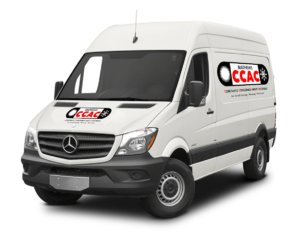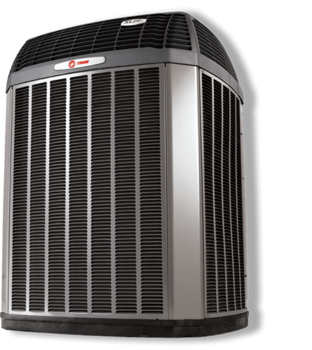Did you know that improper or failing home insulation is one of the primary culprits behind rising household energy costs? In fact, cooling and heating your home effectively can be practically impossible without the right type and amount of insulation in place. However, when it comes to choosing home insulation, the sheer number of options can be overwhelming. In order to help increase your home’s energy efficiency, we’ve compiled a list of the advantages and disadvantages of the most popular types of insulation:
Batts and blankets – Generally made of fiberglass or plastic fibers, these rolls of insulation are attached between beams of foundations and unfinished walls and are great for DIY home improvement. The downside is that batts and blankets can sag over time and expose un-insulated gaps in the wall.
Foam board – Composed of polyurethane, these boards provide high-quality insulation for low thickness, which makes it ideal for small spaces in which every inch counts. The primary drawback is, because it’s made of rigid board, it won’t fill in gaps or crevices within the wall.
Loose-fill – Generally blown or poured in, loose-fill insulation is great for retrofit options and filling in hard-to-reach crevices. Some loose-fill is made of cellulose, which is composed of recycled materials. The cellulose also contains materials to make it more fire retardant, but these materials can cause excessive dust problems to occur in the home. We do not recommend using cellulose. Fiberglass insulation is a far superior type of loose fill. The downside to loose-fill is that it’s not very moisture-resistant.
Reflective system – Another great DIY option, this radiant barrier option usually consists of foil-faced paper or plastic film that is adhered to wooden studs and beams. This choice is effective in minimizing downward heat flow in hot, Southern climates. It can also be applied as a paint on coating to the bottom of your roof deck to help reduce the amount of radiated heat that comes into the attic.
Spray foam – Blown in using a special spray foam gun, this option is great for insulating wall cavities and unfinished floors. Because it expands, it fills crevices and gaps within the wall and is ideal for insulating around obstruction. However, like the reflective system, this is an expensive alternative. Care also has to be taken with this when sealing the entire attic to make sure the home has adequate ventilation and dehumidification. Also standard gas appliances can no longer be used in the home without taking special precautions.
If you’d like more information about the various types of residential insulation, please don’t hesitate to contact Mathews CCAC Inc. We’re available for all the comfort and energy-efficiency needs in your Coastal Bend home.
Our goal is to help educate our customers in Corpus Christi, Texas about energy and home comfort issues (specific to HVAC systems). For more information about insulation and other HVAC topics, download our free Home Comfort Resource guide.
Image courtesy of Shutterstock












